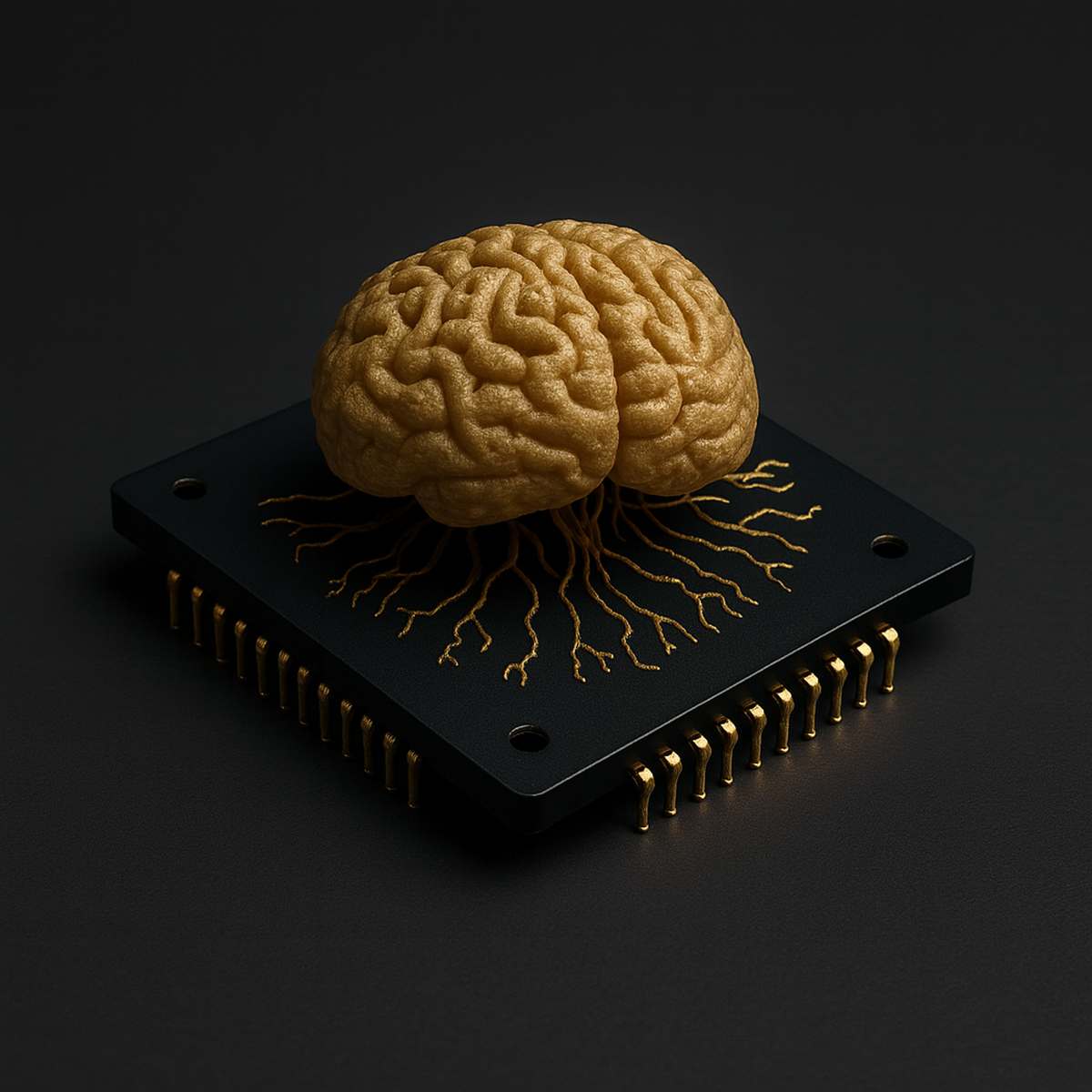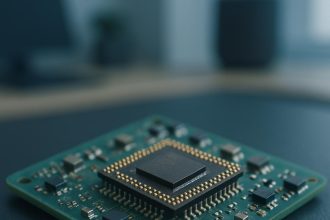For decades, the story of computing has been one of steady, predictable progress. Processors became faster, chips became smaller, and Moore’s Law was the guiding principle behind it all. But today, the industry has reached a turning point. Traditional silicon-based processors are approaching their physical limits, and the demands of artificial intelligence, big data, and global connectivity are exposing the cracks in our old ways of doing things. Out of this pressure, a new generation of computing architectures is emerging neuromorphic, photonic, quantum, and edge or hybrid systems that promise to redefine what computers can do and how we interact with them.
Neuromorphic computing is one of the most fascinating frontiers. Instead of following the linear, binary pathways of conventional processors, these chips are inspired by the structure of the human brain. They process information using networks of artificial “neurons” and “synapses,” allowing them to learn, adapt, and perform certain tasks with incredible energy efficiency. Imagine devices that can handle complex pattern recognition—like vision, speech, or autonomous decision-making while consuming only a fraction of the power used by today’s systems. It’s not just about faster machines; it’s about machines that think more like us.
Photonic computing takes a very different approach. Rather than relying on electrical signals traveling through silicon, photonic systems use light to move and process data. Light travels faster than electricity and doesn’t generate the same heat, which means photonic architectures could unlock enormous speed and efficiency gains. The potential here is staggering. Think of massive data centers that today consume as much energy as small cities, suddenly able to run cooler and process information hundreds of times faster. Photonics could also pave the way for breakthroughs in AI training, where the scale of computation is growing almost beyond control.
Quantum computing, meanwhile, captures the imagination like no other. Instead of bits that represent either a 0 or a 1, quantum bits or qubits can exist in multiple states simultaneously thanks to quantum mechanics. This allows quantum machines to perform calculations that are practically impossible for classical computers. Problems in drug discovery, climate modeling, and cryptography that might take centuries on supercomputers could potentially be solved in hours. We’re still in the early stages, with fragile systems that require extreme conditions to operate, but the race to stabilize and scale quantum technology is one of the most exciting competitions in science and engineering today.
Then there is edge and hybrid computing, which brings computation closer to where the data is generated. Instead of sending everything to centralized servers, edge systems process information on devices themselves—smart sensors, connected cars, industrial robots, or even smartphones. This reduces latency, improves privacy, and can be more efficient for applications that need real-time responses. When combined with cloud and centralized systems in hybrid models, the result is a seamless flow of intelligence across every layer of the digital world. It’s the kind of architecture that could make the future of autonomous transportation, smart cities, and advanced healthcare not just possible but practical.
What ties all of these new approaches together is the simple fact that our needs have outgrown the old blueprint. We are asking computers to do things they were never designed for, and in response, innovators are pushing the boundaries of physics, biology, and engineering. The coming decades won’t just give us smaller and faster chips. They will give us fundamentally new machines ones that don’t just calculate but learn, adapt, sense, and evolve.
The rise of these architectures also raises questions. How do we program them? How do we integrate them into existing industries? And what happens when the leap in power fundamentally changes fields like medicine, finance, and defense? These aren’t abstract concerns they are challenges society will need to address as these technologies move from labs to the real world.
The next era of computing won’t be about incremental progress. It will be about transformation. Neuromorphic, photonic, quantum, and edge systems are not just upgrades to the old model; they represent entirely new ways of thinking about information. For anyone who wonders what the future will look like, the answer may very well lie in the architectures of the machines that will soon be running it.









